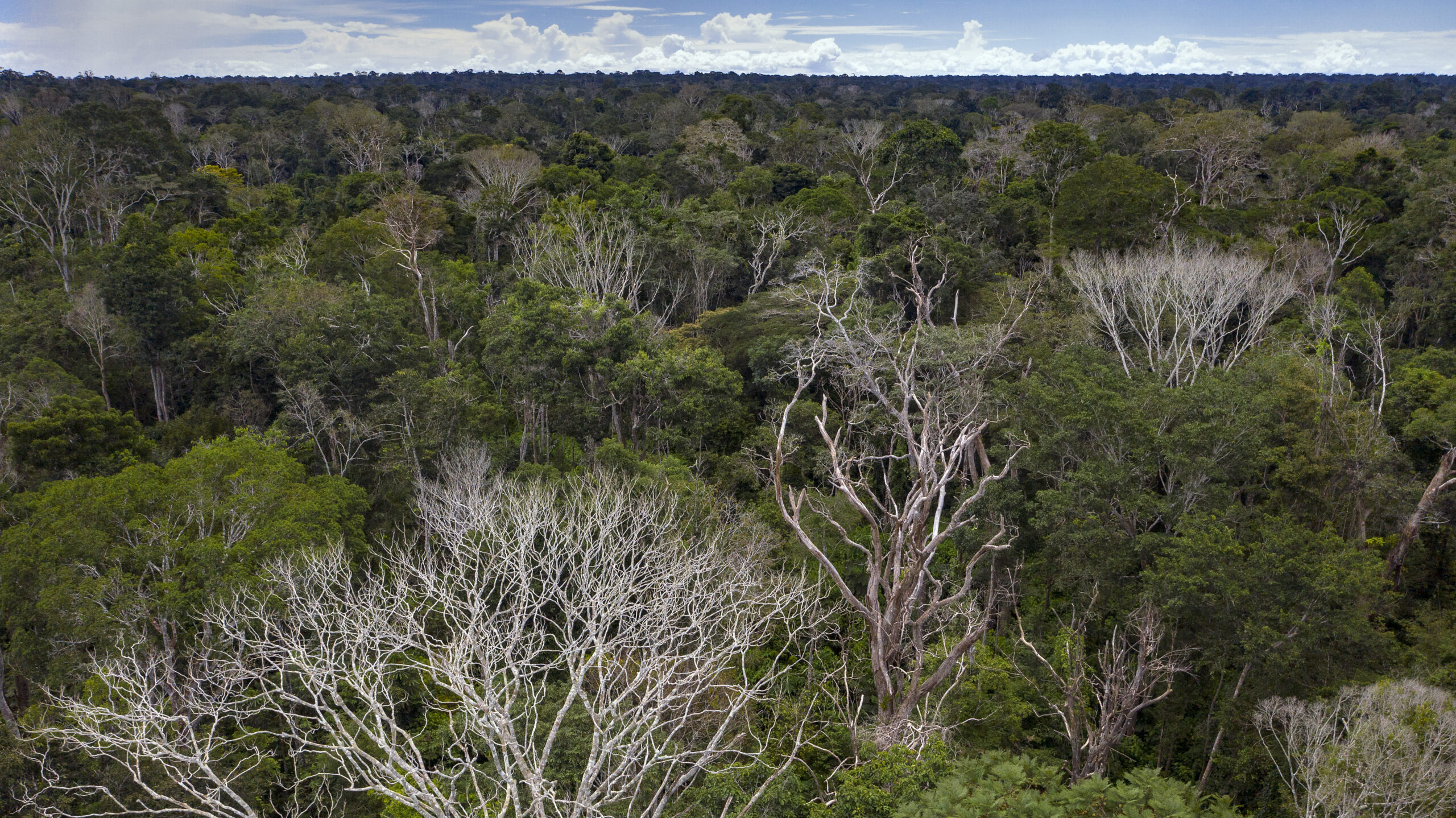Human Activity Has Degraded More Than a Third of the Remaining Amazon Rainforest, Scientists Find
The Amazon rainforest has been degraded by a much greater extent than scientists previously believed with more than a third of remaining forest affected by humans, according to a new study published on January 27 in the journal ‘Science’.

The paper was led by an international team of 35 scientists and researchers, from institutions such as Brazil’s University of Campinas (Unicamp), the Amazon Environmental Research Institute (IPAM), National Institute for Space Research (INPE), and UK’s Lancaster University. It shows that up to 38% of the remaining Amazon forest area – equivalent to ten times the size of the UK – has been affected by some form of human disturbance, causing carbon emissions equivalent to or greater than those from deforestation.
The work is the result of the AIMES (Analysis, Integration and Modelling of the Earth System) project, a Future Earth Global Research Network, which brings together scientists and researchers who study sustainability.
The findings are the result of an analytical review of previously published scientific data, based on satellite imagery and a synthesis of published data outlining changes in the Amazon region between 2001 and 2018. The authors define the concept of degradation as transient or long-term changes in forest conditions caused by humans. Degradation is different from deforestation, where the forest is removed altogether and a new land use, such as agriculture, is established in its place. Although highly degraded forests can lose almost all of the trees, the land use itself does not change.
The authors evaluate four key disturbances driving forest degradation: Forest fire, edge effects (changes that occur in forests adjacent to deforested areas), selective logging (such as illegal logging), and extreme drought. Different forest areas can be affected by one or more of these disturbances.

“Despite uncertainty about the total effect of these disturbances, it is clear that their cumulative effect can be as important as deforestation for carbon emissions and biodiversity loss,” said Jos Barlow, a Professor of conservation science at Lancaster University in the UK and co-author of the paper.
The scientists assess that the degradation of the Amazon also has significant socioeconomic impacts, which should be further investigated in the future.
“Degradation benefits the few, but places important burdens on many,” says Dr. Rachel Carmenta, a co-author based at the University of East Anglia, in the UK. “Few people profit from the degradation processes, yet many lose out across all dimensions of human well-being – including health, nutrition and the place attachments held for the forest landscapes where they live. Furthermore, many of these burdens are hidden at present; recognising them will help enable better governance with social justice at the centre.”
In a projection made by the team for 2050, the four degradation factors will continue to be major sources of carbon emissions into the atmosphere, regardless of the growth or suppression of deforestation of the forest.
“Even in an optimistic scenario, when there is no more deforestation, the effects of climate change will see degradation of the forest continue, leading to further carbon emissions,” says Dr. David Lapola, leader of the study and researcher at the Centre for Meteorological and Climatic Research Applied to Agriculture at Unicamp. However, “preventing the advance of deforestation remains vital, and could also allow more attention to be directed to other drivers of forest degradation.”
The authors propose creating a monitoring system for forest degradation, as well as prevention and curbing of illegal logging and controlling the use of fire. One suggestion is the concept of “smart forests” which, like the idea of “smart cities”, would use different types of technologies and sensors to collect useful data in order to improve the quality of the environment.
“Public and private actions and policies to curb deforestation will not necessarily address degradation as well,” says Dr. Lapola. “It is necessary to invest in innovative strategies.”
Banner photo credit: Adam Ronan/Rede Amazônia Sustentável | Photo taken in 2015 of a burning forest in Belterra, in the Brazilian Amazon. While the flames cannot be seen, the smoke coming out of the forest is clear.
DATE
January 26, 2023AUTHOR
Future Earth Staff MemberSHARE WITH YOUR NETWORK
RELATED POSTS
Program Now Available for the Year’s Top Sustainability Science and Innovation Event in Finland
Apply for the 2024 Pathways Autumn School: Transformative Research for a Just World and a Habitable Planet
Future Earth Experts Contribute to “10 Must Knows” as a Guide to Preserving Biodiversity